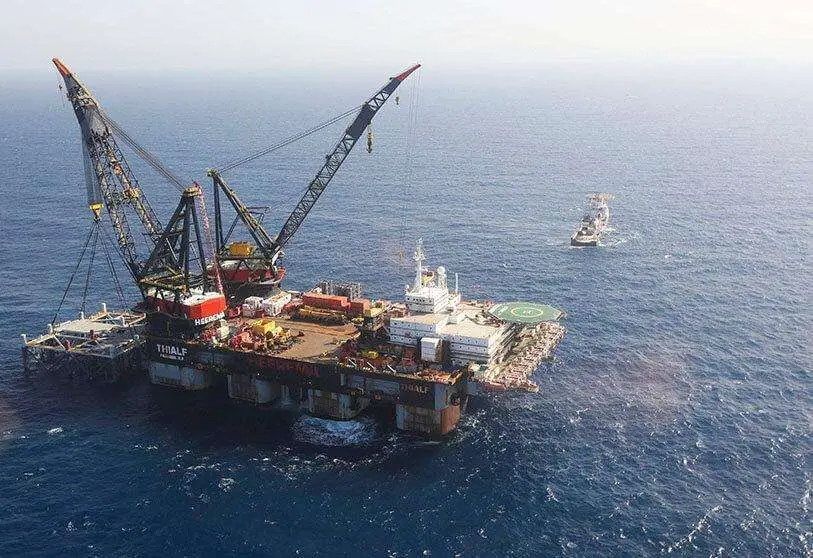Israel's oil spill now affects entire Lebanese coastline

Israel has suffered one of the biggest environmental disasters in its history after an oil spill in mid-February in Mediterranean waters affected dozens of kilometres of its coastline. Guila Gamliel, Israel's environmental protection minister, told a press conference that intensive efforts had been made to find the culprit vessel. She also shared on Twitter that "after we narrowed down the number of suspects in the incident, we discovered that this is not an environmental crime, but environmental terrorism", thus suggesting a harmful intentionality against Israel after the leak of crude oil and detailing the vessel responsible as "a pirate ship owned by a Libyan company that left Iran".
According to the minister, the nearly 20-year-old Libyan ship, named Emerald, switched off its transmissions just before approaching Israeli waters. He said the vessel departed Iran by turning off its automatic identification system (AIS), which transmits its location to other ships in the area. It then turned the AIS on while passing through the Suez Canal, and then turned it off again as it approached the Israeli coast. In his statement, he said that the vessel continued its course to a port in Syria, a country allied with Iran, to deliver its oil cargo before setting off on its return voyage. It was also noted that Emerald entered the Mediterranean Sea on this route for the first time in eight years.

Strong winds and unusually high waves battered the coastline at this time, causing tonnes of tar to wash up on beaches from Rosh Hanikra in the north near Lebanon to Ashkelon on the edge of the Gaza Strip. Tar has also reached southern Lebanon, whose beaches are affected for miles. According to Israel's environment ministry, "tens to hundreds of tonnes of crude oil" spilled.
Two months on, the oil spill identified in mid-February in Israeli waters has spread to almost the entire coastline of neighbouring Lebanon after sea currents pushed the oil spill to the north of the Mediterranean country in recent weeks.
Julien Jreissati, director of programmes for the environmental organisation Greenpeace for the Middle East and North Africa, told EFE that "we have now seen it in Batroun in the north, in Chekka in the north, in Aamchit in the north, so it can be assumed with certainty that it has reached almost the entire Lebanese coast". "Definitely over time the amount of oil slick has increased a lot because the currents on our shores are coming from the south to the north, and more and more oil from the south is coming to the north, not as oil slick but as oil slick balls," Jreissati warned.








